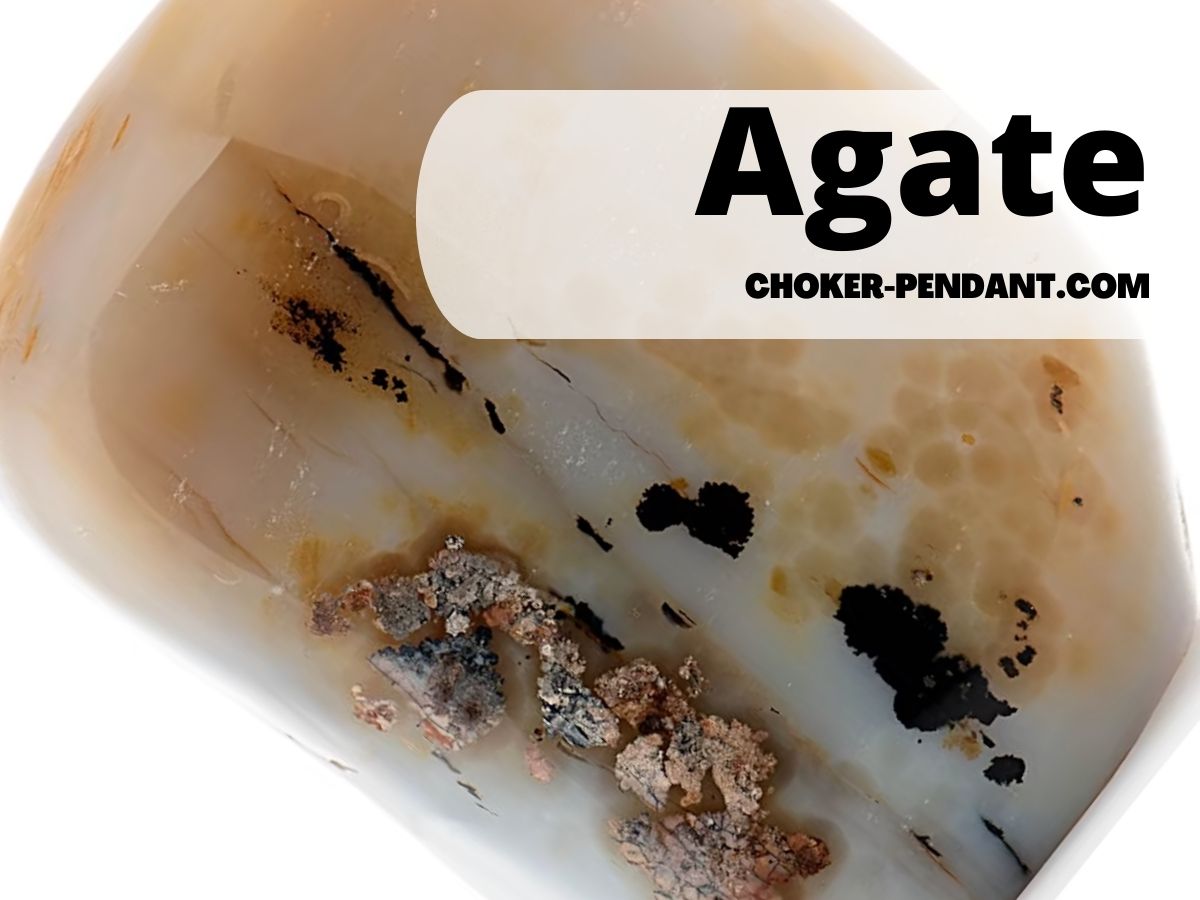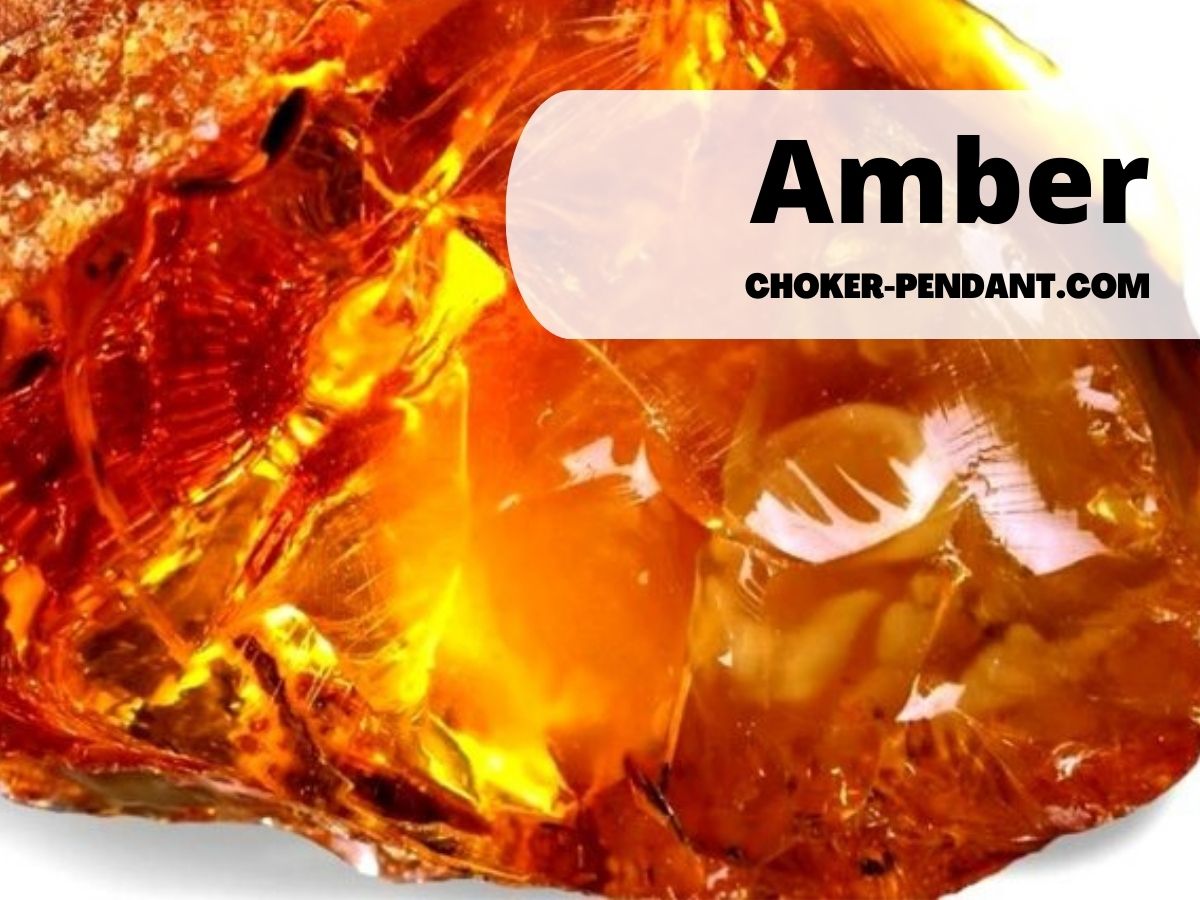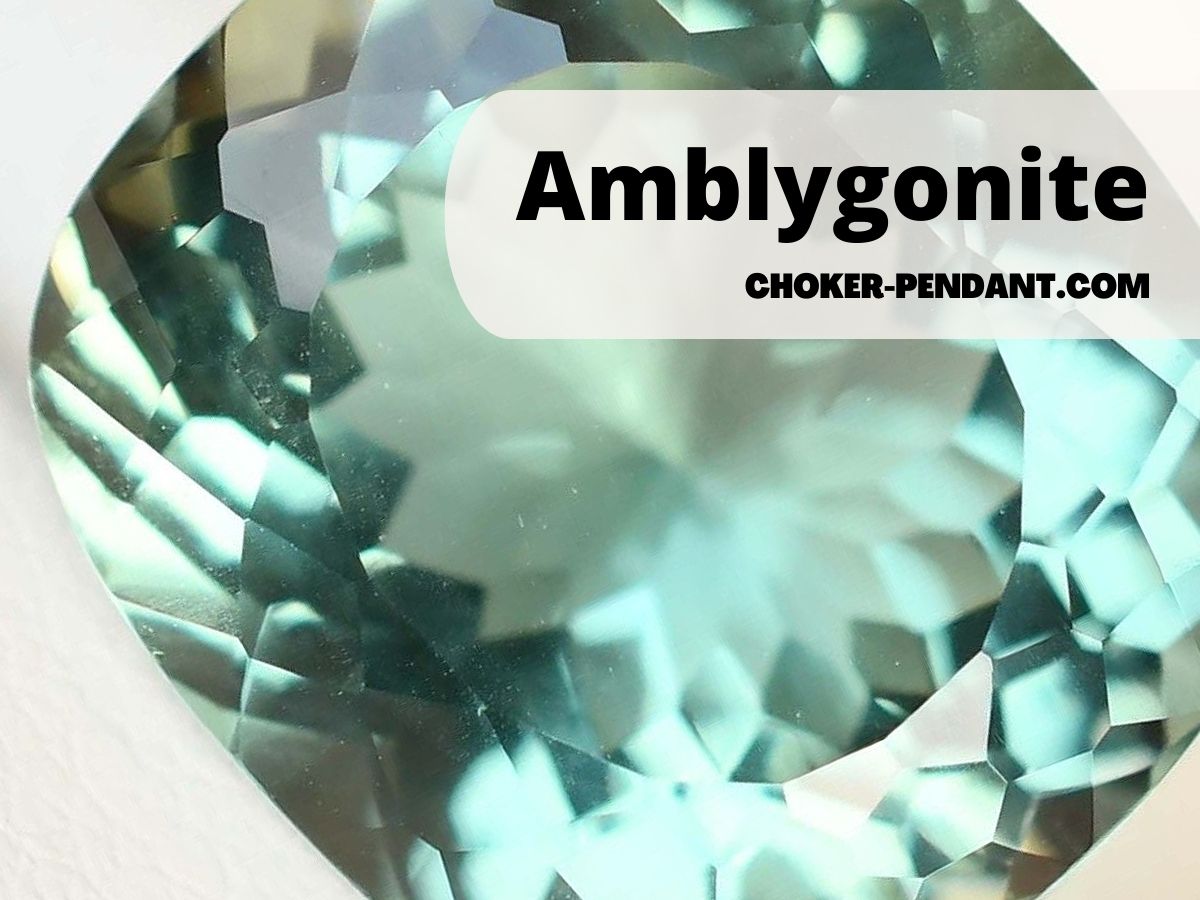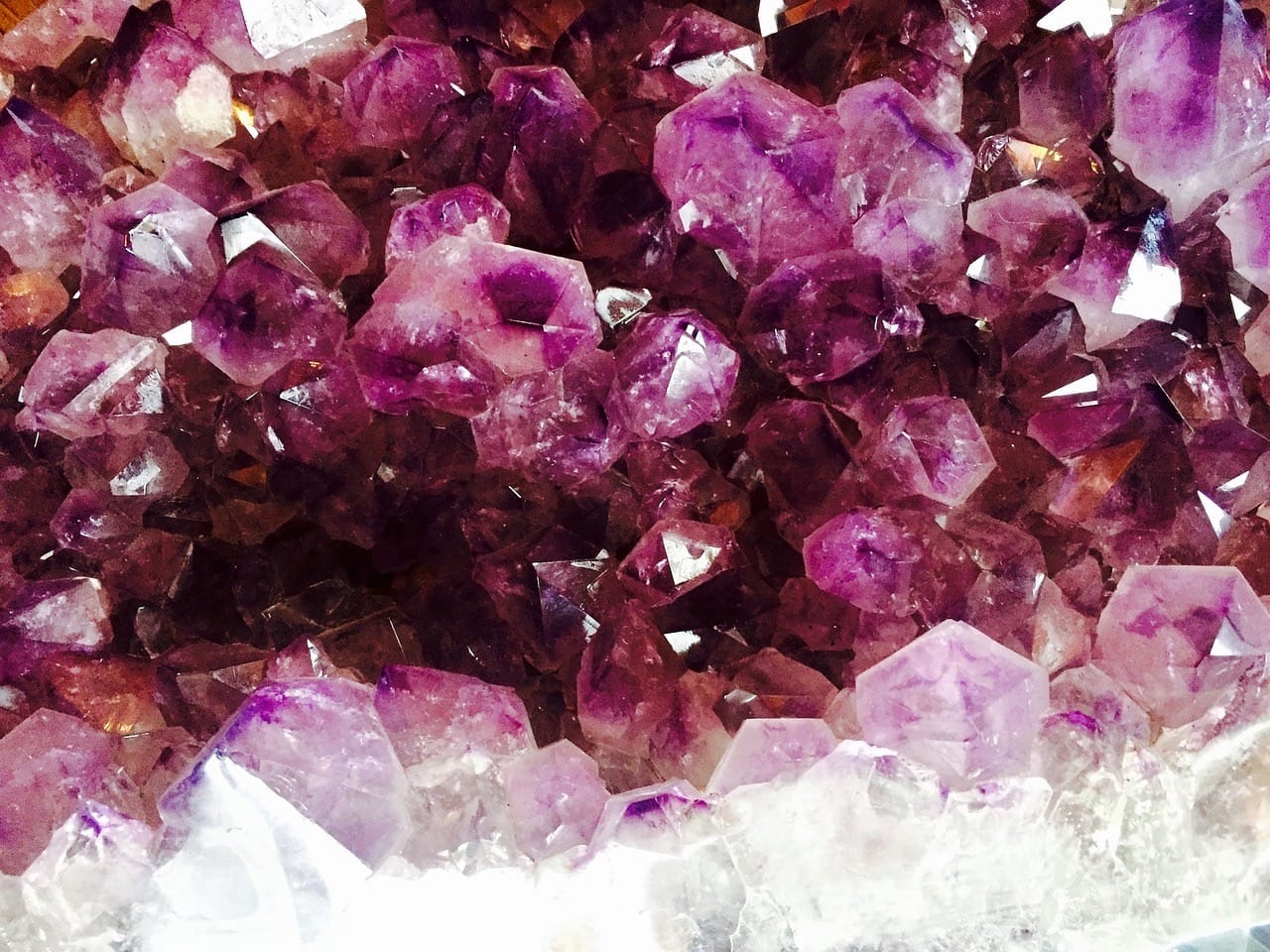Welcome to the mesmerizing world of agate gemstones! As an expert in the field, I am thrilled to share with you the fascinating history, vibrant colors, and unique characteristics of this exquisite stone.
With a rich history that dates back thousands of years, agate has been prized for its beauty and believed to possess powerful metaphysical properties. Ancient civilizations revered agate for its ability to bring good luck, protection, and balance to the wearer.
One of the most enchanting aspects of agate is its remarkable range of colors. From soothing blues and greens to fiery reds and vibrant yellows, agate captivates with its stunning array of hues. Each color variation carries its own symbolism, making agate a highly personalized gemstone.
Aside from its visual allure, agate is known for its remarkable characteristics. It is a variety of quartz that exhibits unique banding patterns, making each piece of agate one-of-a-kind. Its fine texture, durability, and versatility make it ideal for use in jewelry, home decor, and various ornamental objects.
Now, let’s embark on an exciting journey as we explore the history, delve into the kaleidoscope of colors, and uncover the captivating characteristics of the enchanting agate gemstone.
History of Agate Stone
Agate, also known as the “Earth rainbow,” is a fascinating gemstone with a rich history that dates back thousands of years. This unique stone has been sought after for its striking appearance and mystical properties.
Derived from the Greek word “Achates,” which was the name of a river in Sicily where agate was first discovered. This gemstone has adorned jewelry, carved figurines, and served as protective talismans throughout various civilizations.
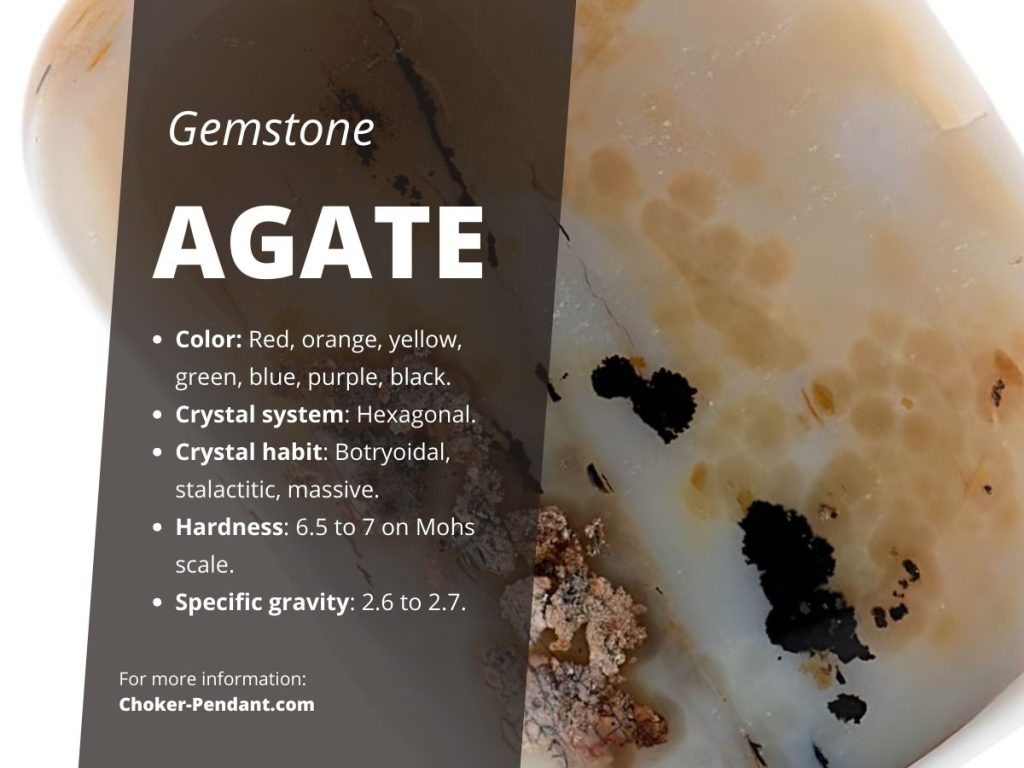
But what makes agate so special?
The Mesopotamian Connection
The ancient Mesopotamians believed that agate possessed magical powers and considered it a stone of protection, healing, and courage. It was highly valued and used to create intricate amulets and seals, often inscribed with prayers or symbols.
The Babylonians used agate as a gemstone for their royal seals, while the Egyptians placed agate amulets within the burial chambers of their pharaohs to ensure a safe journey to the afterlife.
The Ancient Greek and Roman Love Affair
Around 300 BC, agate became popular among the Greeks and Romans. They used it to create beautiful cameos, intaglios, and intricate jewelry pieces. The gemstone was also associated with balance and harmony, and it was believed to bring good luck and protect against evil forces.
Agate in Islamic Culture
Agate holds great significance in Islamic culture. It is mentioned in numerous Hadiths (sayings of the Prophet Muhammad) and is believed to have protective and healing properties. The famous Islamic philosopher, Avicenna, recommended agate for enhancing mental agility and curing insomnia.
Agate in Modern Times
Today, agate is still greatly admired for its natural beauty and spiritual properties. It is widely used in jewelry making, home decor, and even in the field of alternative medicine. Many people believe that agate promotes emotional healing, boosts self-confidence, and enhances spiritual growth.
The diversity of agate ensures that each piece is unique, with distinct patterns and colors. From striped agate to banded, moss, and fire agate, there is an agate for every taste and style.
Whether you are drawn to agate for its historical significance, mesmerized by its captivating patterns, or seeking its therapeutic benefits, this gemstone continues to be cherished by those who appreciate the wonders of the Earth’s treasures.
Stay tuned to discover the geological formation, physical properties, healing properties, varieties, and uses of agate in our upcoming blog posts.
Geological Formation of Agate Stone
Have you ever wondered how agate stone is formed? The geological process behind the creation of this stunning gemstone is truly fascinating. It involves a unique combination of volcanic activity and slow crystallization that takes place over millions of years.
1. Volcanic Origins
Agate stone is primarily formed in volcanic environments. During volcanic eruptions, molten rock, known as magma, rises to the Earth’s surface. As the magma cools and solidifies, it forms igneous rock, such as basalt or andesite, which often contains small pockets or cavities called vesicles.
These vesicles act as the starting point for the formation of agate. As the volcanic rock cools, water-rich solutions containing various minerals seep into these cavities. These solutions may contain silica, iron, manganese, and other elements that contribute to the unique colors and patterns found in agate stones.
2. Slow Crystallization
Once the solutions with minerals enter the vesicles, the crystallization process begins. The minerals gradually precipitate out of the solution and form microscopic crystals that grow inward from the cavity walls. Over time, layers of crystallized minerals build up, creating the characteristic banding and patterns that make each agate stone unique.
During this slow process, different minerals may crystallize at different rates, resulting in the distinct bands and colors seen in agate. The colors can range from vibrant blues, greens, and purples to earthy browns, reds, and yellows.
3. Locations and Timeframes
Agate stone can be found worldwide, but some locations are particularly well-known for their agate deposits. Examples include Brazil, Uruguay, India, Mexico, and the United States. The specific geological formations and conditions in these regions have allowed for the creation of exceptional agate stones.
This geological formation process takes an immense amount of time. Agate stones have been forming for millions of years, as the slow crystallization and layering process occurs at a microscopic scale. The resulting gemstones bear witness to the immense timeframe and natural forces required to create something so exquisitely beautiful.
The geological formation of agate stone is a testament to the wonders of our planet’s geology. From volcanic activity to the slow crystallization of minerals, this process results in the formation of stunning agate stones with their distinctive banding and colors.
Sources:
- Gem Society
- Geology.com
Physical Properties of Agate Stone
When it comes to gemstones, agate is a stone that boasts a wide range of physical properties that contribute to its unique beauty and appeal. From its mesmerizing colors and patterns to its durability and versatility, agate is truly a remarkable stone. Let’s explore some of the key physical properties of this captivating gemstone.
1. Colors of Agate Stone
One of the most striking features of agate is its incredible array of colors. From vibrant hues to earthy tones, agate can be found in almost every color of the rainbow. This diversity is due to the presence of various impurities and trace elements during its formation process. Some popular colors of agate include blue lace agate, moss agate, and fire agate.
2. Transparency and Luster
Agate is known for its translucent to opaque nature, which adds a captivating depth to its appearance. Its unique luster, ranging from glassy to dull, further enhances its visual appeal. The precise combination of minerals and the crystalline structure of agate contribute to its characteristic transparency and luster.
3. Mohs Hardness and Durability
With a hardness of 6.5-7 on the Mohs scale, agate is a relatively durable gemstone. This means it can withstand everyday wear and tear without getting easily scratched or damaged. However, like all gemstones, agate should be treated with care to avoid any potential cracks or chips.
4. Structure and Formation of Agate Stone
Agate forms as a variety of chalcedony, which is a microcrystalline form of quartz. It typically develops in concentric patterns within cavities or voids in volcanic rocks or ancient lava flows. These distinctive bands or layers in agate are formed due to the gradual deposition of silica-rich fluids over time.
5. Density and Refractive Index
Agate has a relatively low density, typically ranging from 2.6 to 2.7 g/cm³. This makes it lighter than many other gemstones, adding to its wearability and comfort when set in jewelry. The refractive index of agate varies depending on its composition, but it generally falls between 1.530 and 1.540, giving it a moderate level of brilliance.
In conclusion, the physical properties of agate make it a truly remarkable gemstone. Its diverse colors, unique transparency, and mesmerizing patterns make it a favorite among jewelry enthusiasts and collectors. Its durability, combined with its accessibility, allows for a wide range of uses and applications. Whether you’re drawn to its vibrant blue hues or its earthy brown tones, agate is sure to captivate with its natural beauty.
Healing Properties of Agate Stone
When it comes to gemstones with healing properties, agate sits at the top of the list. This vibrant and unique stone has been used for centuries for its various metaphysical properties. Whether you are seeking physical, emotional, or spiritual healing, agate can provide a multitude of benefits. Let’s explore the healing properties of agate stone in more detail:
Emotional Healing
Agate is known for its ability to balance emotions and provide stability during times of stress. It is believed to promote inner peace and alleviate feelings of anxiety and fear. By wearing or carrying agate, individuals may experience a sense of calmness and find it easier to express themselves honestly.
The stone’s soothing energy can also help release negative emotions, such as anger and resentment, allowing room for forgiveness and positive growth. Agate is often referred to as a “stone of strength” as it empowers individuals to overcome emotional traumas and build resilience.
Physical Healing
In addition to its emotional benefits, agate is believed to have numerous physical healing properties. By placing agate on specific areas of the body, it is said to support the healing process and improve overall well-being. Some of the physical ailments that agate is thought to assist with include:
- Relieving headaches and migraines
- Strengthening the immune system
- Regulating blood pressure
- Alleviating digestive disorders
- Enhancing fertility and reproductive health
Each color variation of agate is said to have its own unique healing properties. For instance, blue lace agate is associated with calming and soothing the mind, while moss agate is believed to promote overall physical health and detoxification.
Spiritual Healing
Agate is highly regarded for its ability to enhance spiritual growth and connection. It is believed to cleanse and balance the chakras, stimulating positive energy flow throughout the body. By wearing or meditating with agate, individuals may experience a deeper connection to their higher selves and the spiritual realm.
The stone’s grounding properties can also help individuals stay connected to the present moment and promote mindfulness. Agate is often used in spiritual rituals and ceremonies to aid in spiritual growth, meditation, and self-reflection.
In conclusion, the healing properties of agate stone are vast and varied. Whether you are seeking emotional stability, physical well-being, or spiritual growth, agate is a powerful gemstone that can assist in your journey towards holistic healing. Consider incorporating agate into your daily life, and experience the transformative effects it can have on your well-being.
Varieties of Agate Stone
Agate stone is known for its diverse range of colors and patterns, making it a favorite among gemstone enthusiasts and jewelry designers. Let’s explore some of the popular varieties of agate stone:
Blue Lace Agate
Blue lace agate is prized for its delicate light blue color with lacy patterns that resemble the graceful movements of the ocean. It is believed to promote calmness, tranquility, and communication.
Moss Agate
Moss agate is characterized by its moss-like inclusions, usually green or brown in color, that resemble scenic landscapes or foliage. This variety of agate is associated with healing and abundance.
Fire Agate
Fire agate, as the name suggests, displays a stunning fiery play of colors, ranging from red and orange to yellow and green. This variety is often referred to as a stone of passion and creativity.
Crazy Lace Agate
Crazy lace agate is known for its vibrant and intricate patterns that resemble twists and turns. It features an array of colors, including red, yellow, brown, and white. This unique stone is believed to inspire joy and optimism.
Botswana Agate
Botswana agate is characterized by its soft and soothing color palette, ranging from pinks and greys to browns and whites. It is associated with emotional healing, protection, and balance.
Dendritic Agate
Dendritic agate showcases mesmerizing tree-like inclusions that resemble frost or ferns. These delicate formations against a clear or translucent backdrop make dendritic agate a sought-after gemstone for its grounding and nurturing properties.
Black Agate
Black agate is a dark and elegant variety of agate, often used in jewelry for its sophisticated allure. It is thought to provide protection and promote spiritual transformation.
These are just a few examples of the many varieties of agate stone available in the market. Each variety carries its unique aesthetics and metaphysical properties, making agate a versatile gemstone that appeals to a wide range of tastes and preferences.
Whether you’re drawn to the calming blue hues of blue lace agate or the vibrant colors of crazy lace agate, there’s an agate variety out there that will capture your imagination and add a touch of natural beauty to your jewelry collection.
Uses of Agate Stone
With its stunning colors and unique patterns, agate stone has been highly regarded for centuries. This versatile gemstone has a wide range of uses, from decorative purposes to healing practices. Let’s explore the various ways in which this beautiful stone can be utilized:
Home Decor
Agate stone is often used to embellish homes and offices due to its natural beauty. The distinctive bands and vibrant colors make it a popular choice for creating decorative items such as coasters, bookends, and candle holders. These pieces not only add a touch of elegance to any space but also showcase the mesmerizing patterns found in agate.
Jewelry
Agate gemstones are commonly used in jewelry due to their striking appearance. From earrings and necklaces to bracelets and rings, agate stones can be fashioned into various designs to suit different tastes. The rich hues and unique patterns make each piece of agate jewelry one-of-a-kind, allowing individuals to express their personal style.
Healing and Spiritual Practices
For centuries, agate has been used for its healing properties and spiritual significance. It is believed to bring harmony and balance to the mind, body, and spirit. Many people use agate during meditation, as it is said to enhance concentration and promote a sense of calmness. Additionally, agate is often used as a protective talisman, believed to ward off negative energies.
Lapidary and Ornamental Uses
Agate stone is highly prized in the field of lapidary, which involves cutting, shaping, and polishing gemstones. Due to its toughness and durability, agate is a favored material for creating intricate carvings and sculptures. Its vibrant colors and unique patterns make it an appealing choice for ornamental items such as vases, bowls, and decorative tiles.
Spiritual Gifts and Souvenirs
Agate gemstones are often given as spiritual gifts or souvenirs. Their natural beauty and mystical properties make them not only aesthetically pleasing but also meaningful and symbolic. Whether it’s a small agate keychain or a polished agate stone, these items serve as a reminder of special moments or beliefs.
In conclusion, agate stone is not only visually stunning but also possesses a range of uses. From home decor to spiritual practices, agate offers versatility and beauty. Whether you choose to incorporate it into your living space, wear it as jewelry, or utilize it for healing purposes, the agate stone is sure to captivate and intrigue.
Conclusion
Agate gemstone is a fascinating stone that has been highly prized throughout history. Its rich and vibrant colors, unique patterns, and various characteristics make it a favorite choice for jewelry and decorative items.
The history of agate dates back thousands of years, and it has been used by different cultures for its believed healing properties and spiritual significance. The incredible variety of colors, ranging from earthy tones to vibrant blues and purples, makes agate a versatile stone suitable for all kinds of personal styles and preferences.
Furthermore, the unique characteristics of agate, such as its durability, translucency, and distinct banding patterns, set it apart from other gemstones. It is not only a beautiful stone but also a durable one, making it ideal for everyday wear.
Whether you are a gemstone enthusiast or simply looking for a meaningful stone to incorporate into your jewelry collection, agate is undoubtedly a gemstone that deserves attention. Its rich history, breathtaking colors, and unique characteristics make it a gemstone that will continue to captivate and inspire for generations to come.
Frequently Asked Questions (FAQs)
What is an agate gemstone?
An agate gemstone is a type of chalcedony quartz with beautiful patterns and colors formed by the deposition of mineral materials within cavities of volcanic or sedimentary rocks.
What is the history of agate gemstone?
Agate has been used as a decorative and healing stone since ancient times. It was highly valued by civilizations such as the Egyptians, Greeks, and Romans who believed in its mystical properties and used it for jewelry, amulets, and carvings.
What are the different colors of agate gemstone?
Agate gemstones come in a wide range of colors including white, gray, blue, red, green, purple, pink, brown, and black. They may also exhibit bands, stripes, or speckled patterns within the stone.
What are the main characteristics of agate gemstone?
Agate is known for its beautiful banding patterns and its durability, ranking 6.5-7 on the Mohs scale of hardness. It is also translucent to opaque and has a vitreous to greasy luster.
What are the specifications of agate gemstone?
Agate typically has a specific gravity of 2.6-2.7 and a refractive index of 1.530-1.540. Its chemical composition includes silicon dioxide (SiO2) and various trace minerals that give it its unique colors and patterns.
How can agate gemstone be used?
Agate gemstones can be used for various purposes such as jewelry making (necklaces, earrings, bracelets), decorative items (vases, bookends, coasters), and even as healing stones to promote balance and harmony.

